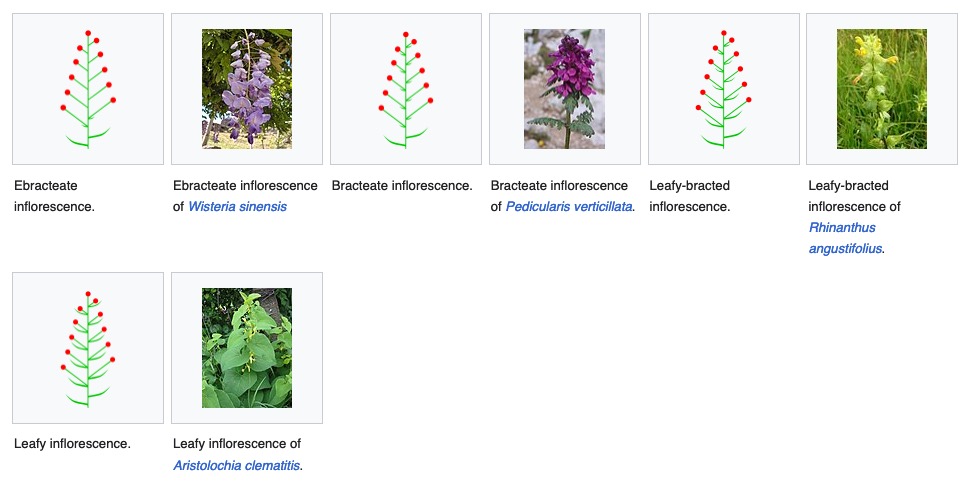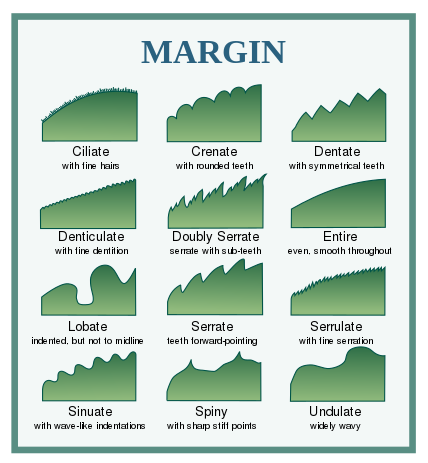inflorescece

Inflorescences usually have modified foliage different from the vegetative part of the plant. Considering the broadest meaning of the term, any leaf associated with an inflorescence is called a bract. A bract is usually located at the node where the main stem of the inflorescence forms, joined to the rachis of the plant, but other bracts can exist within the inflorescence itself. They serve a variety of functions which include attracting pollinators and protecting young flowers. According to the presence or absence of bracts and their characteristics we may distinguish the following:
Not to be confused with Fluorescence.
An inflorescence is a group or cluster of flowers arranged on a stem that is composed of a main branch or a complicated arrangement of branches.[1] Morphologically, it is the modified part of the shoot of seed plants where flowers are formed on the axis of a plant. The modifications can involve the length and the nature of the internodes and the phyllotaxis, as well as variations in the proportions, compressions, swellings, adnations, connations and reduction of main and secondary axes. One can also define an inflorescence as the reproductive portion of a plant that bears a cluster of flowers in a specific pattern.
The stem holding the whole inflorescence is called a peduncle. The major axis (incorrectly referred to as the main stem) above the peduncle bearing the flowers or secondary branches is called the rachis. The stalk of each flower in the inflorescence is called a pedicel. A flower that is not part of an inflorescence is called a solitary flower and its stalk is also referred to as a peduncle. Any flower in an inflorescence may be referred to as a floret, especially when the individual flowers are particularly small and borne in a tight cluster, such as in a pseudanthium. The fruiting stage of an inflorescence is known as an infructescence. Inflorescences may be simple (single) or complex (panicle). The rachis may be one of several types, including single, composite, umbel, spike or raceme.


